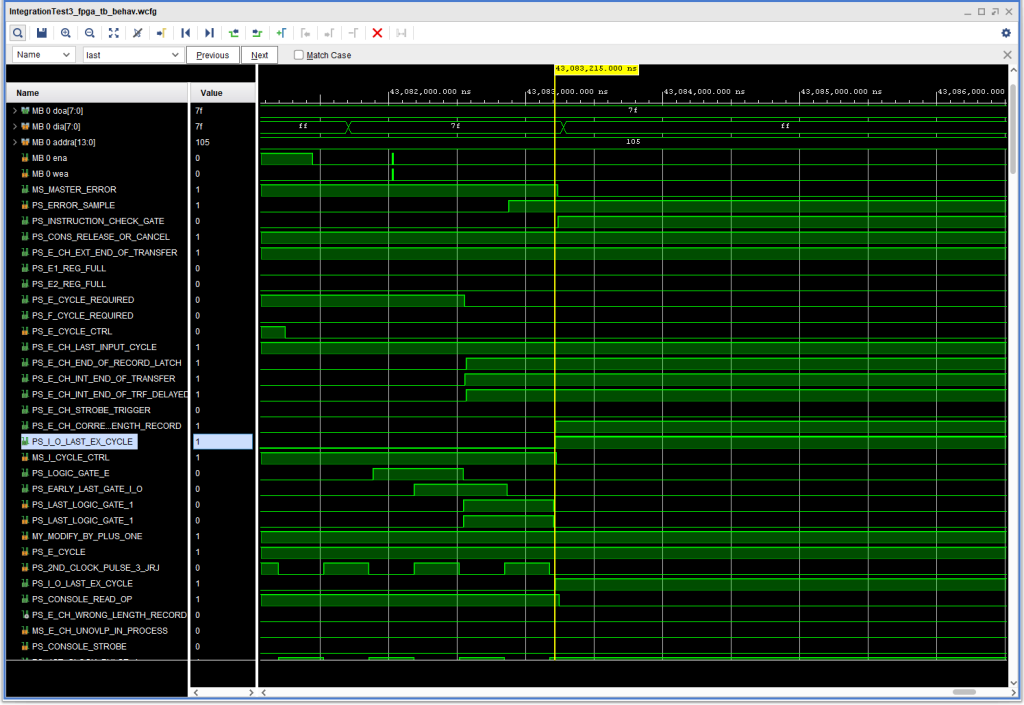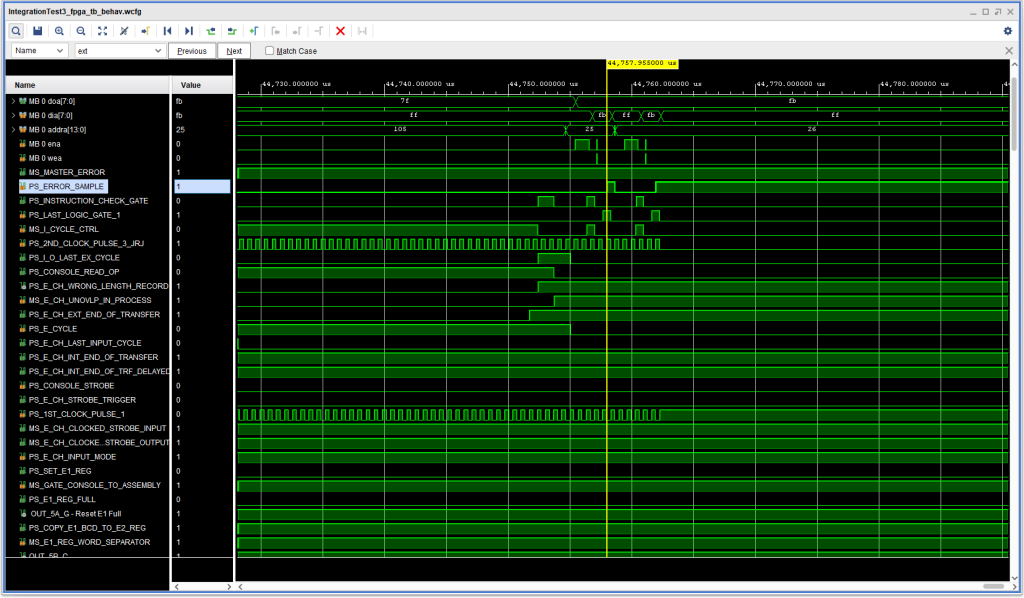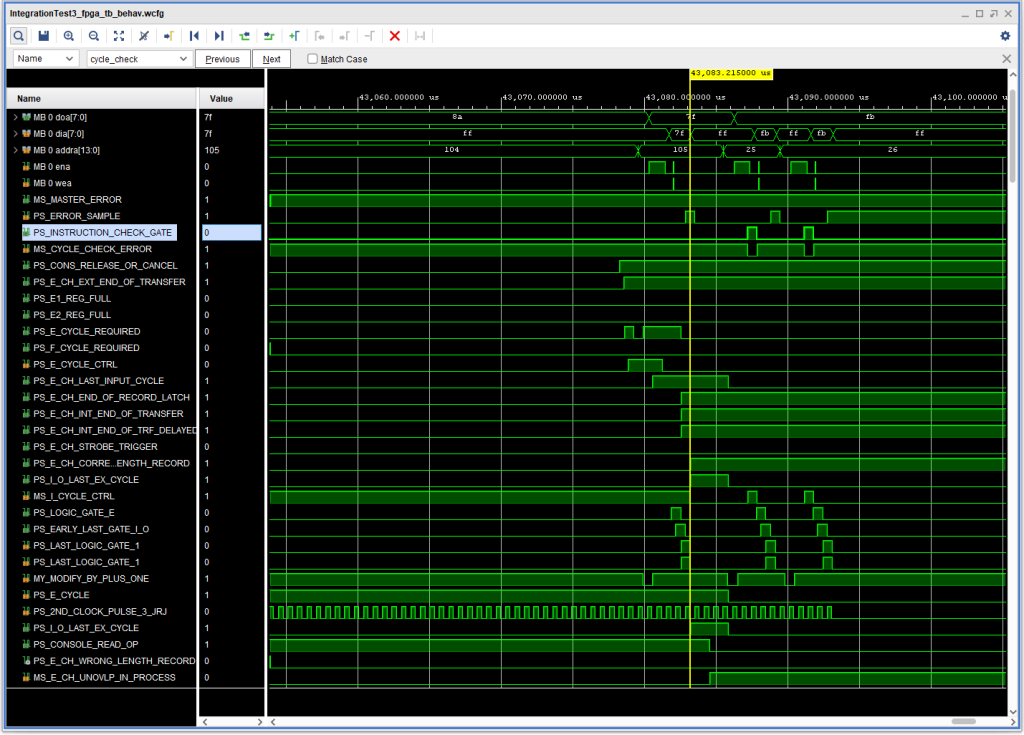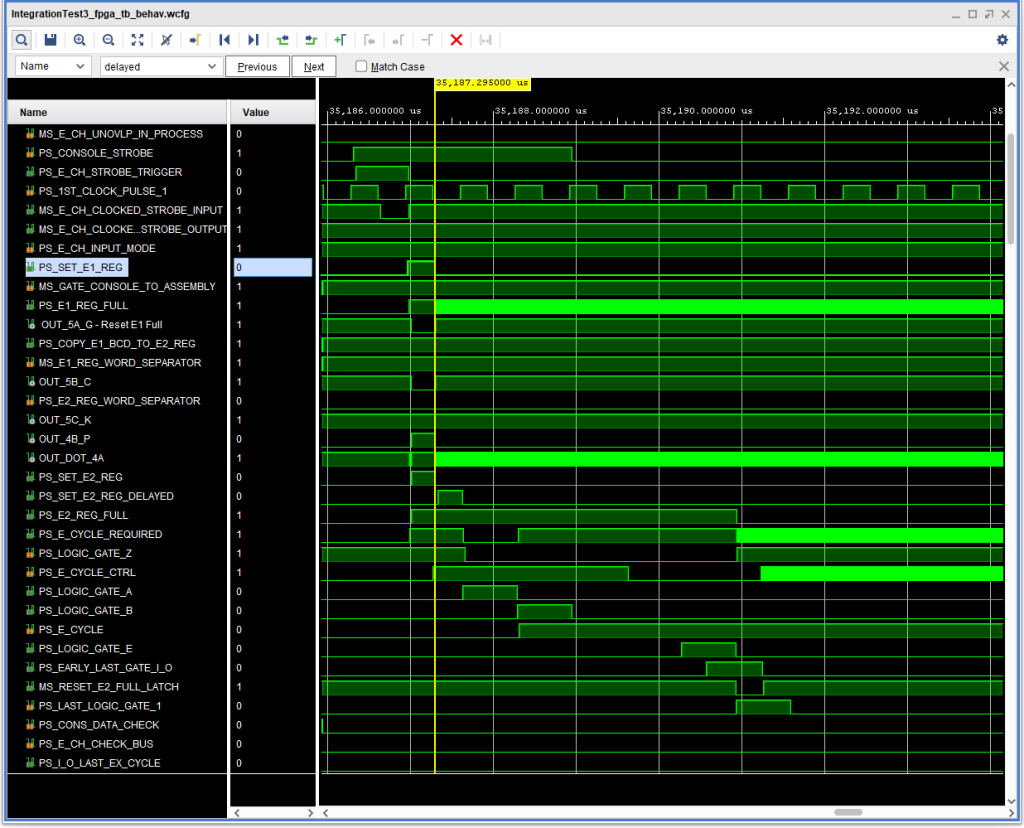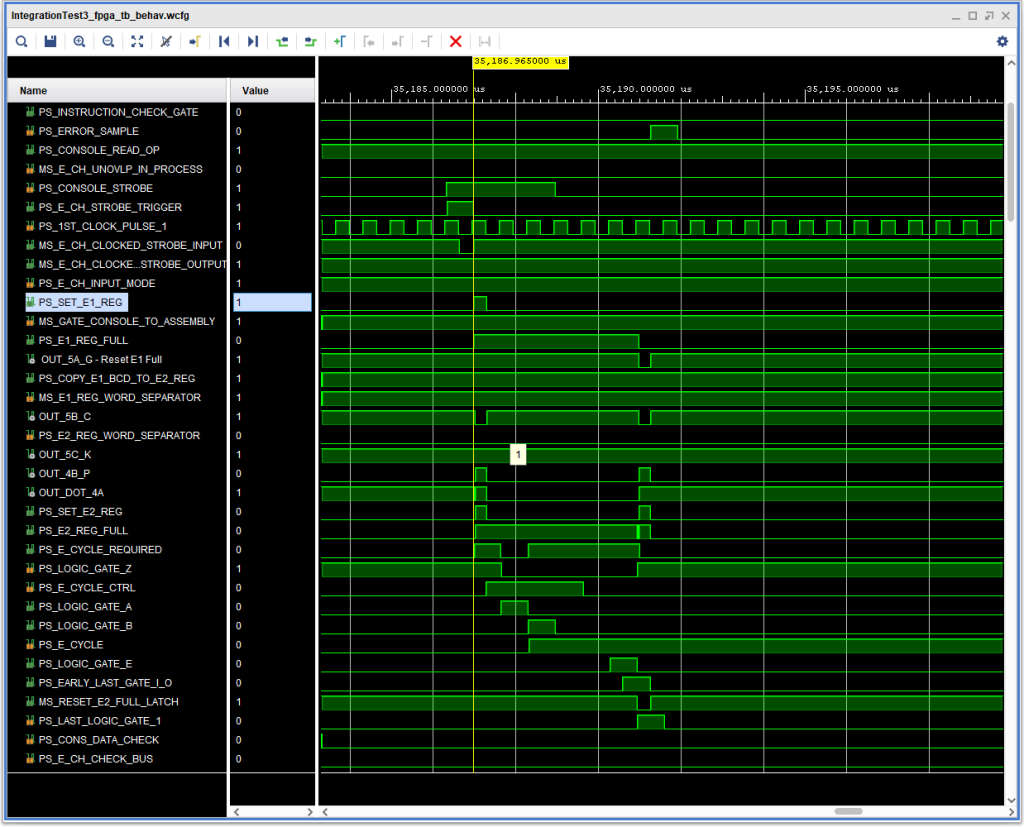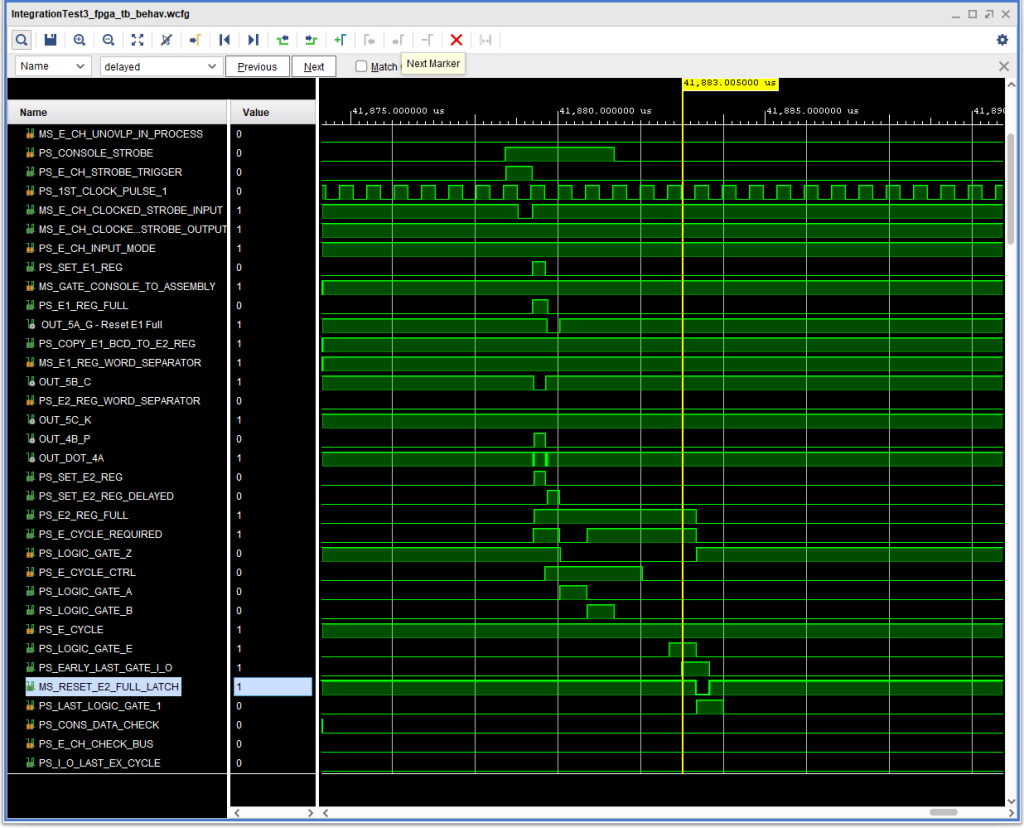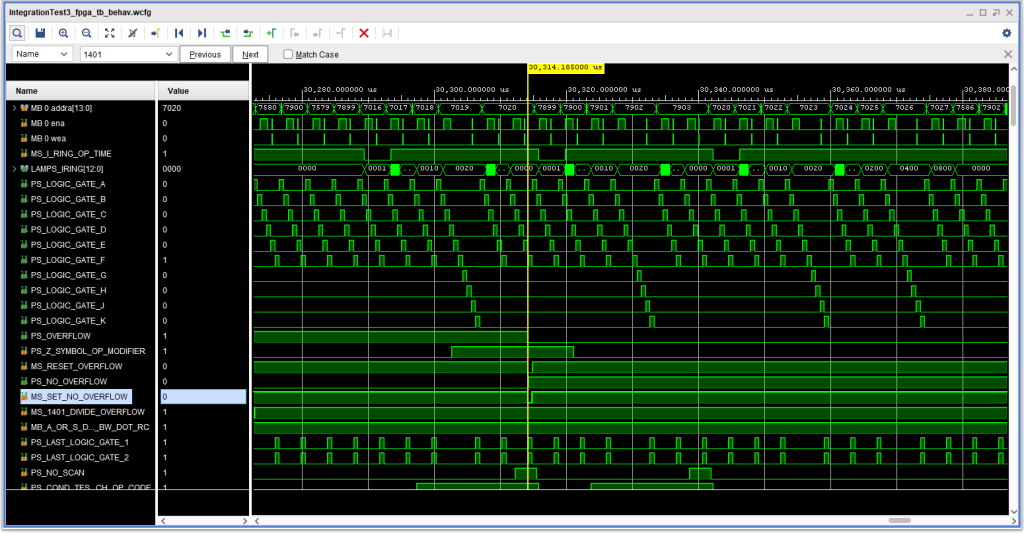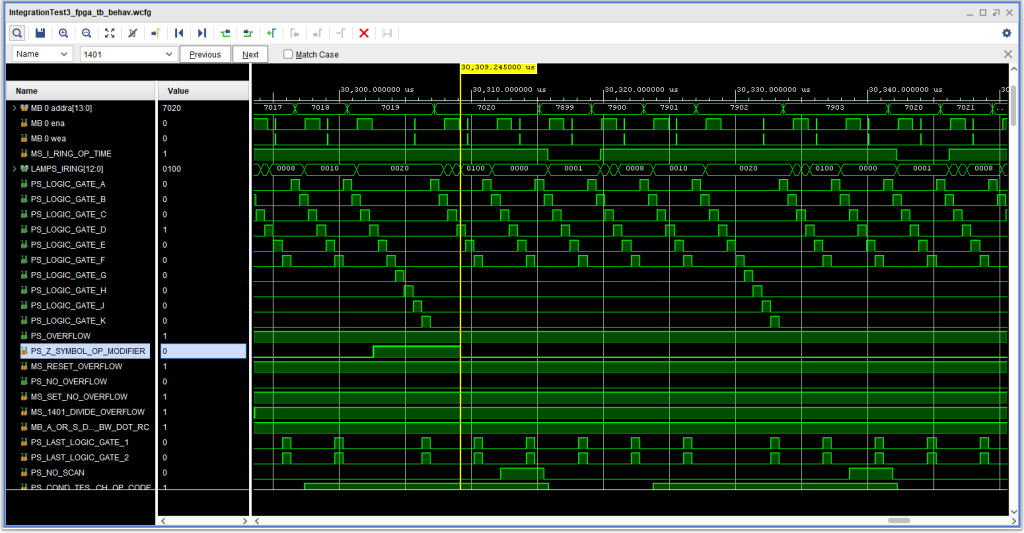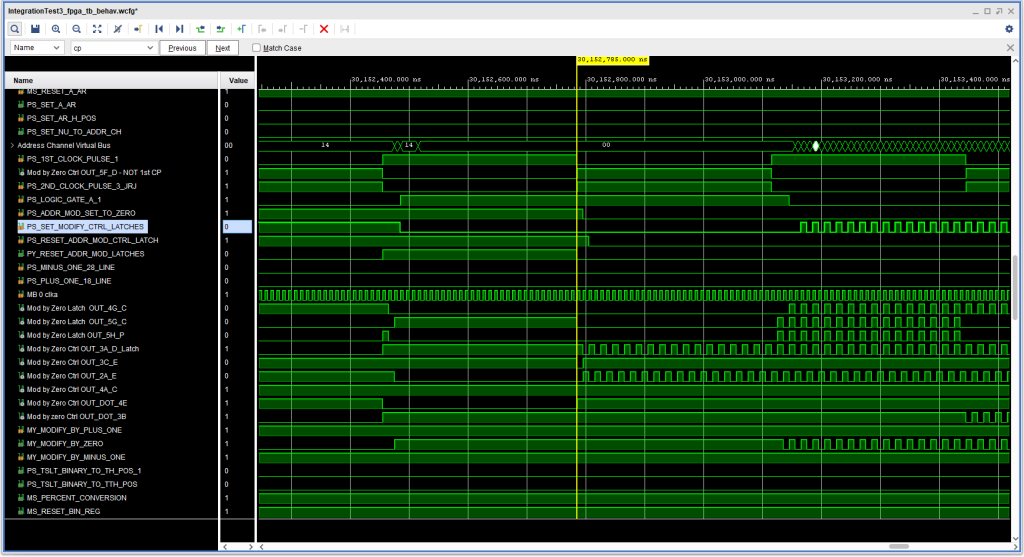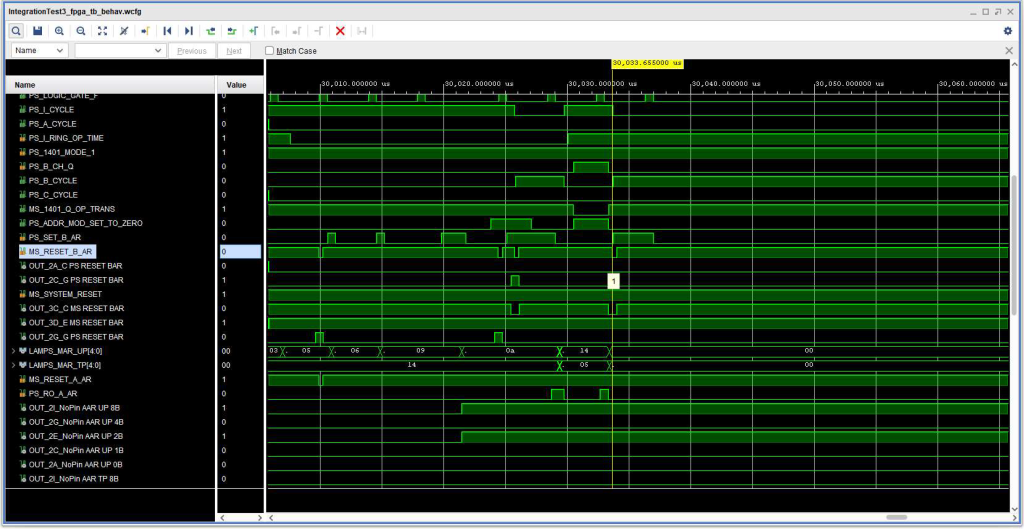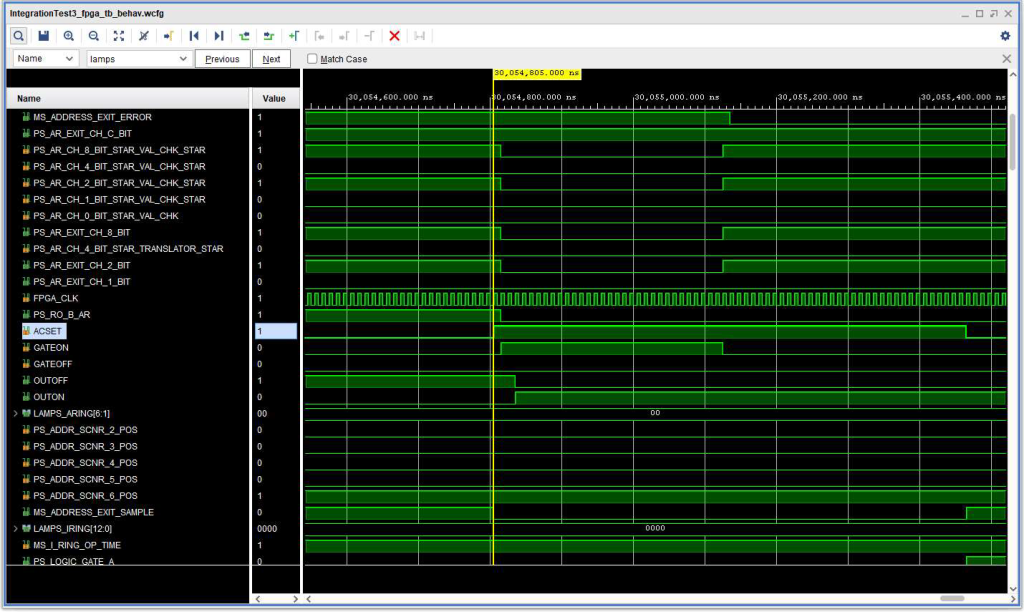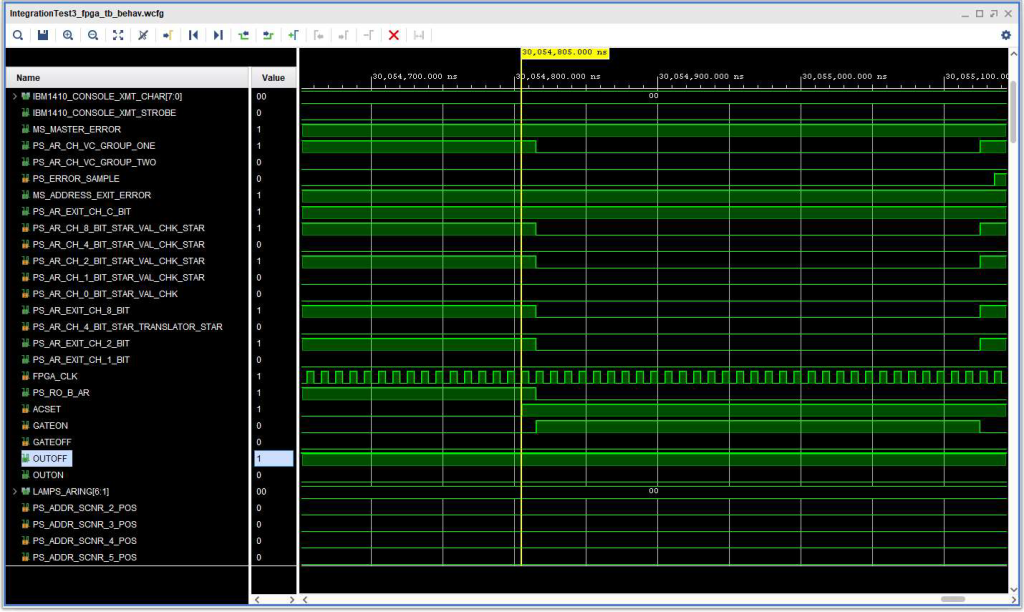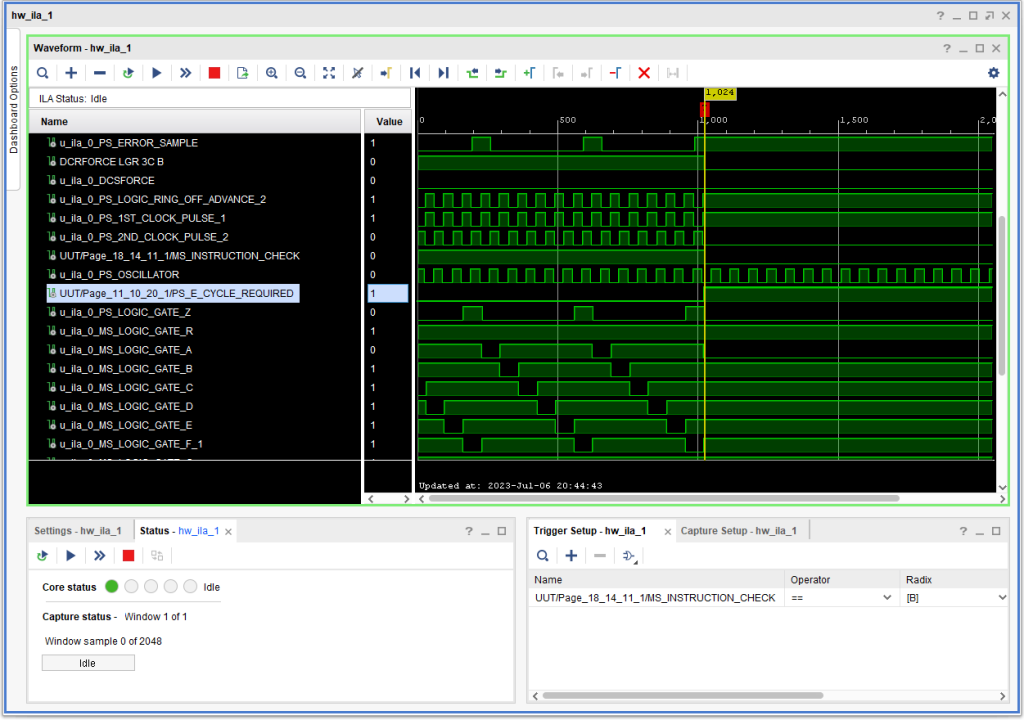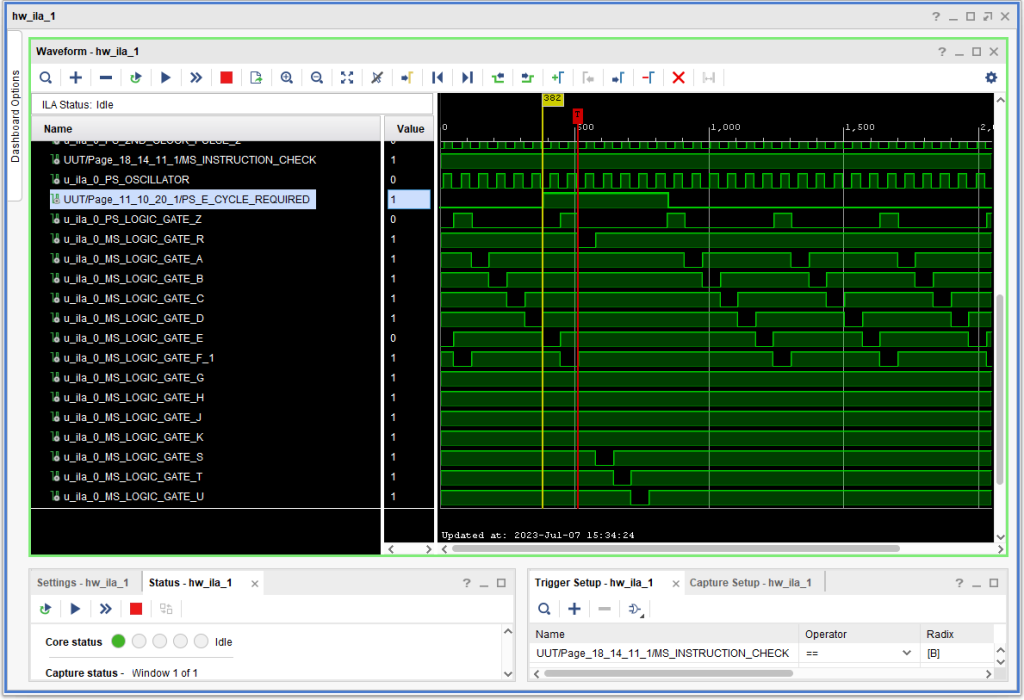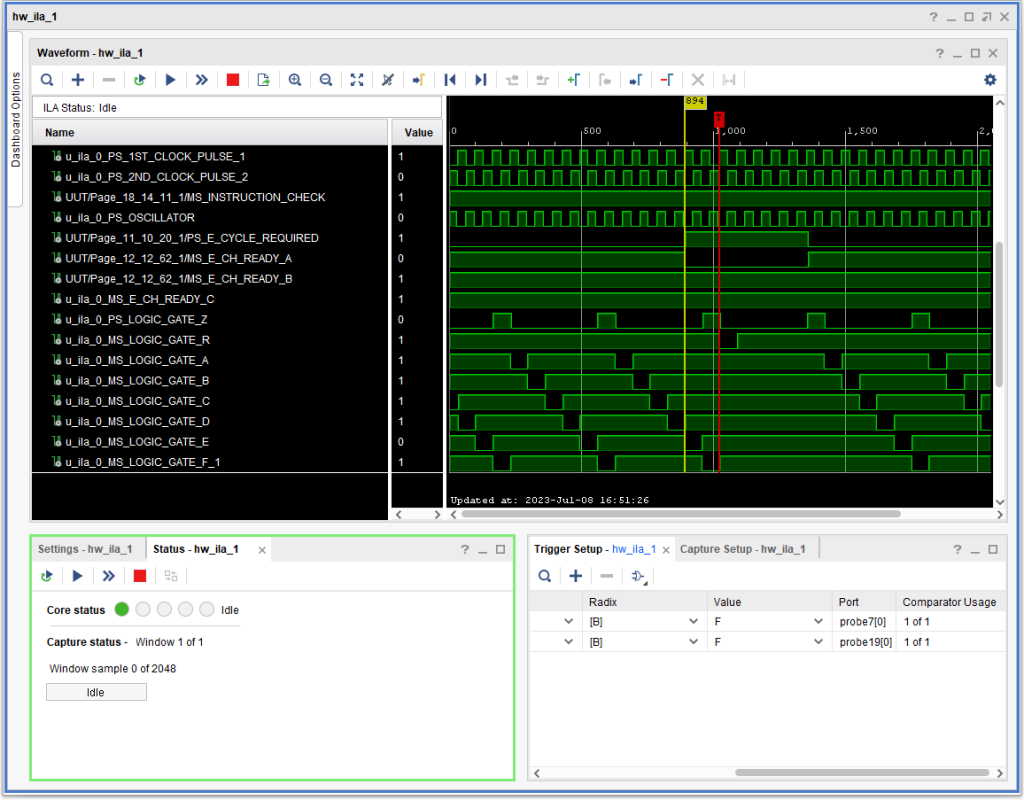I learned that my friend R. Hannes Beinert (“Hannes”) passed away during the first day of January, 2024. As he was about eight years my junior, this was quite a shock. Although we had not been in contact for a few years, I still counted him among my friends, and I will miss him.
In the early 1970’s I tended to hang around the University of Wisconsin (UW) Computer Systems Lab (CSL). My friend Paul Pierce, a student at the time, was employed there. The computers at CSL were free to use on a sign-up basis, and time was regularly available. In those early years there were cables that ran between the PDP-11/20 and the Datacraft 6024 to a home-grown switch box that allowed one to switch simple peripherals, like paper tape, a printer, and a card reader, between the two. Hannes, a high school student at the time, would sometimes step on the cables, and we used to call him out on it and tease him mercilessly about it.
A year or two later, UW CSL was running UNIX 6th edition on a PDP-11/45 that was on loan from the Wisconsin state printing office. Hannes adopted the user name “oracle” (later he had an email address “oracle@dodona.com” as well.)
We played D & D together, Hannes, Paul, Steve LaMotte and myself first with Paul Trandel as our dungeon master, and later as Steve took over that role. Hannes and I also played ping pong at Union South. One evening we got into a friendly tussle, and Hannes accidentally ripped the pocket of my winter coat a bit. He felt badly about it, and gave me some of his D&D materials as recompense. Also during those years we took a raft trip down the Wolf river in Wisconsin, in part through the Menominee reservation, including a tumble over “Big Smokey” falls. Hannes, myself and my wife were in the same raft when we went over the falls — something over a 10 foot drop — and managed to stay upright. (In those days there were no helmets, either. 😉 ).
Around that time UW CSL purchased a PDP-11/70 to use for course instructional work, a machine well suited to running UNIX. Trouble was, it had no other software, and the UNIX we had, 7th edition, did not have a standalone program to support the tape drive it had to load the system onto disk, and although a tape drive that would have been supported existed on the CSL VAX 11/780, for some reason it was not a good idea to borrow it. I was already employed by Wisconsin DOT at the time, but we both (mostly Hannes) worked into the wee hours to get it loaded – I wrote the tape read routine, and Hannes the disk write routine. We assembled the code on the PDP-11/20 to get printed listings – the PDP-11/70 had no card reader, teletype or paper tape reader, just a 120cps DecWriter. I left about 2AM, and stopped in about 7:30 AM on my way into work to check in. Hannes had stayed all night and had the UNIX 7th edition booted up. (I used that system to work on Small-C for the IBM mainframe.)
During his high school and college years Hannes also became an accomplished sailor, sailing with the Hoofer Sailing Club. Somewhere along the line, Hannes also served as Fleet Captain for the Hoofer Sailing Club 470 fleet. Later he also raced, along with others in the Hoofer sailing club, on Lake Michigan on a sailboat known as “Marika” owned by Don Stitt, a member of the state’s legislature. In 1989 I had a kind of epiphany with respect to being more active, and Hannes offered to take me and my wife out on “Maria”, the Santa Cruz 33 foot sailboat owned by the Hoofer Sailing Club. (The plan had been to go out on Marika, I had taken the day off, but Hannes had kind of forgotten, and the weather on Lake Michigan that day was a bit windy anyway). I was hooked. A couple of weeks later he took me out on an M-20 Scow (I think it was the yellow one, that I later crewed on in Mendota Yacht Club races) and I was really hooked. I joined the club, and sailed actively for about 20 years – I last went out in 2019 before the pandemic hit. Hannes maintained the UW Outdoor Rentals Mooring field for a few years as well.
During those years Hannes studied and obtained his Masters license with a sail endorsement. He served as crew aboard the sailing vessel Rose (later renamed the Surprise), and he also served as boatswain on the sail training vessel Pogoria (wikipedia) from Poland for a trip across the Atlantic. We both attended the early meetings in the development of the sailing vessel Denis Sullivan, originally sailing out of Milwaukee, as well – that vessel has since relocated to Boston. A bit later Hannes served on the research vessel “R/V Acoustic Pioneer” doing sonar work off the cost of Alaska.
Hannes helped immensely in the acquisition of many of the minicomputers that are in my collection. He drove the trucks as I had no experience with them, and helped me carry equipment down our steps into the basement. Machines he helped with included the Data General Eclipse S/140, the PDP-11/24 (which we hauled out of Bascom Hall at UW), and a number of machines that had been in Professor Marleau’s electrical engineering computer lab at UW – including a PDP-11/20 (which I had used when I was in sch0ol), a PDP-11/40 and a PDP-11/45, and with the PDP-12 as well. Hannes and my friend Pete Mooney also once showed up in the evening with a truckload of gear, including a Data General Eclipse S/130, a Data General Nova 4, a Data General Nova 3 (since donated to the Large Scale System Museum) a Commodore PET and a Cromemco Z-2 S100 system.
One time, while Hannes was out of town, I got a call from his then girlfriend indicating that they were about to throw out a PDP-11/20. I rescued the “guts”, and Hannes later loaded the rack into the back of his parent’s Toyota Corolla station wagon to transport it to my house. I thus named this particular PDP-11/20 as the “Hannes’ PDP-11/20“.
In later years he served as caregiver at home for his mother (whom he referred to as “Mutti”) who suffered greatly with cancer and he continued to live in their house with his father, Helmut Beinert.
Unfortunately over the years we slowly drifted apart, and had only occasional contact. I regret that now, and he will be missed.

